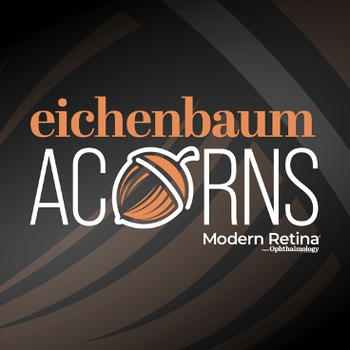
For Jordan M. Graff, MD, FACS, early adoption is about reigniting the thrill of discovery and navigating the rewards, risks, and realities of translating innovation into practice.
David A. Eichenbaum, MD, FASRS, is Partner and Director of Research at Retina Vitreous Associates of Florida and Collaborative Associate Professor, Morsani College of Medicine at the University of South Florida in St. Petersburg.

For Jordan M. Graff, MD, FACS, early adoption is about reigniting the thrill of discovery and navigating the rewards, risks, and realities of translating innovation into practice.
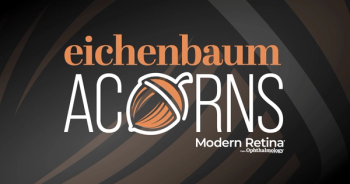
Behind the scenes of building impactful educational platforms in retina care
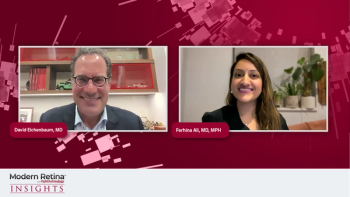
Panelists discuss how they encourage hesitant colleagues to adopt geographic atrophy therapies by emphasizing the importance of staying current with clinical trial data, starting with highly motivated patients who mirror trial populations, and express excitement about the future of precision medicine through biomarker-guided treatment selection, advanced imaging with artificial intelligence integration, late-stage trials targeting vision as primary end points, and innovative approaches like gene therapy and cell therapy that may eventually restore vision.

Panelists discuss how they explain treatment success to patients with geographic atrophy by emphasizing that although the disease will continue to progress, clinical trial data show that the therapy slows the rate of growth by 20% to 30% on average, acknowledging that individual patient responses vary along a bell curve and that preserving retinal tissue is inherently meaningful for visual function even without immediate measurable vision improvements.
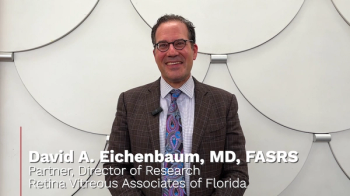

Panelists discuss how they manage patients requiring both wet age-related macular degeneration (AMD) and geographic atrophy (GA) treatments by administering injections on separate days rather than on the same day to avoid workflow disruption, address the increased intraocular pressure from the larger 100-µL complement inhibitor dose by allowing patients time to acclimate in the chair with only a small percentage requiring pressure-relieving taps, and acknowledge that although this dual-therapy population represents a minority of their patients undergoing complement modulation, these experienced injection recipients are typically very accepting of additional treatments.

Panelists discuss how they present the modest efficacy of geographic atrophy (GA) therapies to patients by framing treatment as maintenance therapy that slows progression rather than providing improvement, using prior imaging to demonstrate disease advancement, acknowledging the inherent risk of developing wet age-related macular degeneration (AMD) while emphasizing that this preexisting risk is increased with complement inhibitor therapy, and offering hope for more effective future treatments.

Panelists discuss how they approach therapy selection between the 2 FDA-approved geographic atrophy treatments by comparing pegcetacoplan’s potentially greater efficacy signals with avacincaptad pegol’s superior safety profile, with treatment choice often driven by individual patient factors such as motivation level, monocular status, and willingness to accept risk, while emphasizing that starting monthly dosing provides the best fallback position when patients experience treatment fatigue.

Panelists discuss how their management approach for geographic atrophy (GA) has evolved from a “come back in a year” mentality to actively offering treatment discussions within 2 to 3 months, with most patients showing interest in complement inhibitor therapy, particularly those with functional vision remaining who understand the progressive nature of their disease and have vision left to preserve.

Panelists discuss how conversations with patients with geographic atrophy have evolved to emphasize the urgency of early intervention, with clinicians now able to offer hope through available treatments that can slow disease progression, while helping patients understand that their current vision represents the best they will ever have and leveraging family history awareness to motivate treatment consideration.

Panelists discuss how geographic atrophy (GA) presentations show clinical variability across patients while remaining consistently progressive, requiring a combination of imaging modalities including fundus photography, fundus autofluorescence, and OCT for diagnosis and monitoring, with OCT being most practical for routine clinical visits despite fundus autofluorescence serving as the gold standard for clinical trials.

Make the most of your practice and your retina conference participation.
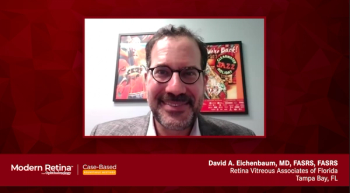
David Eichenbaum, MD, FASRS concludes this series with the final case of a treatment-experienced patient switching from aflibercept 2 mg to high-dose aflibercept 8 mg with noticeable improvement after the first dose.

David Eichenbaum, MD, FASRS provides his clinical experience with faricimab and aflibercept 8 mg, highlighting the small and large changes that benefit a patient’s quality of life, such as improved visual anatomy or reducing the frequency of visits.

David Eichenbaum, MD, FASRS discusses his clinical experience in managing retinal fluid, emphasizing the need to dramatically reduce intraretinal fluid, highlighting different strategies of care that offer the best results for patients.

David Eichenbaum, MD, FASRS discusses a case of exudative macular degeneration and opted for aflibercept 8 mg as treatment, which led to significant improvements in visual acuity and anatomical features.
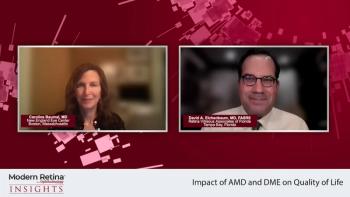
David A. Eichenbaum, MD, FASRS and Caroline Baumal, MD provide take-home messages to providers treating AMD and DME.
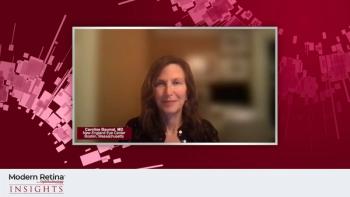
Drs David A. Eichenbaum and Caroline Baumal discuss unmet needs in treating AMD and DME.
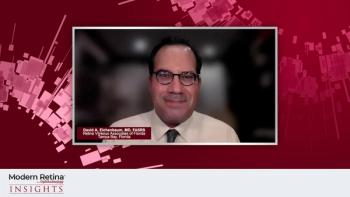
Retina specialists discuss how to incorporate faricimab into clinical practice and discuss implacations of the TRUCKEE study.

David A. Eichenbaum, MD, FASRS, and Caroline Baumal, MD, review the dual mechanism of action of faricimab as well as the 2-year update in the TENAYA, LUCERNE, YOSEMITE, and RHINE trials.

Drs David A. Eichenbaum and Caroline Baumal discuss implications of the treat-and-extend approach with faricimab in patients with wet AMD.

Retina specialists discuss which factors impact treatment selection and how to incorporate shared decision-making into treatment selection when treating patients with AMD and DME.

David A. Eichenbaum, MD, FASRS, and Caroline Baumal, MD, discuss how AMD and DME impact a patient’s quality of life.
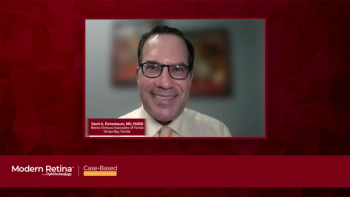
A retina specialist discusses impressions and key takeaway points from the case of an 81-year-old male with treatment-experienced neovascular age-related macular degeneration (nAMD).

David A. Eichenbaum, MD, FASRS, reviews the case of a 81-year-old female with treatment experienced neovascular age-related macular degeneration (nAMD).

A retina specialist discusses impressions and key takeaway points from the case of a 74-year-old man with diabetic macular edema (DME).

David A. Eichenbaum, MD, FASRS, reviews the case of a 74-year-old male with diabetic macular edema (DME).
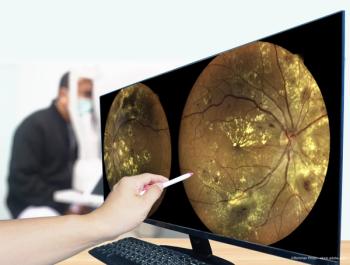
SD-OCT is providing reproducible, high-quality, registered images to assess the treatment response in macular disease.
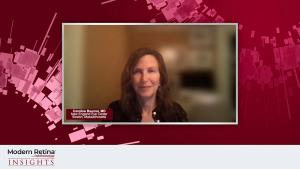
Published: September 8th 2022 | Updated:
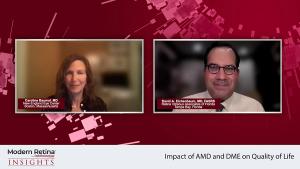
Published: September 8th 2022 | Updated:
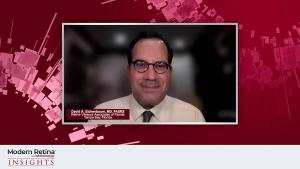
Published: September 8th 2022 | Updated:
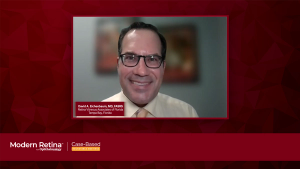
Published: August 10th 2022 | Updated:

Published: August 10th 2022 | Updated:

Published: August 10th 2022 | Updated: